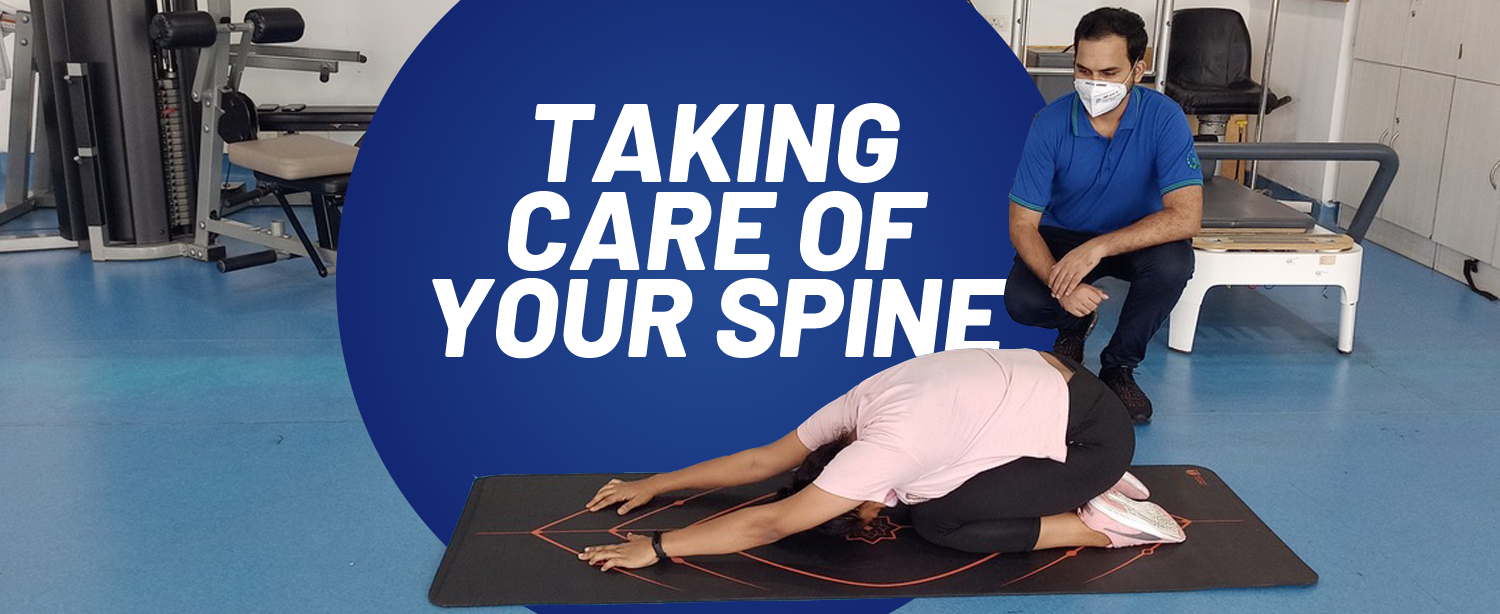Complaining about lower back pain or neck pain? 80% of adults report lower back pain at some point in their lives. Spinal conditions are far more common than you think. According to the data published in The Lancet, in 2010 musculoskeletal disorders were the cause of nearly 166 million years lived with disability (YLDs). Neck and low back pain account for 69.9% of total musculoskeletal disorders globally.
Back pain is the number one reason why people miss work, and it can happen to anyone. For many people, back and spinal pain can interfere with their day-to-day lives and, in some cases, cause stress and depression. Back pain is the second most common reason for visits to the doctor’s office, outnumbered only by upper-respiratory infections. Thus, it’s important to understand what the spine is, what it does, and — most importantly — how we can keep it healthy.
What is the spine?
The spine is one of the most important parts of your body. Without it, you could not keep yourself upright or even stand up. It gives your body structure and support. It allows you to move about freely and to bend with flexibility. The spine is also designed to protect your spinal cord. The spinal cord is a column of nerves that connects your brain with the rest of your body, allowing you to control your movements. Without a spinal cord, you could not move any part of your body, and your organs could not function. This is why keeping your spine healthy is vital if you want to live an active life.
What can lead to spinal problems?
Any misuse and abuse of your spine will have a negative effect. Mostly the back or neck pain is from weakness, overuse, or abuse of the muscles around the back. If not taken care of, this pain may become chronic. Usually, spinal problems depend on several factors. Some of the common factors include:
- Poor posture
- Poor mobility in surrounding muscles
- Bad biomechanics
- Weakness of supporting musculature
- Muscle imbalances
- Sedentary lifestyle
How to improve your spine health?
It is important to make your muscles strong and flexible. There is no substitute for fitness. Make exercise a lifestyle. A simple exercise program that focuses on stretching and strengthening the back, hamstrings, and abdominal muscles can go a long way towards keeping the spine healthy. Here are some additional tips to follow:
- Stay active
- Maintain a healthy weight
- Sleep comfortably
- Remember posture
- Limit Smartphone usage
- Take frequent breaks while sitting
Most cases of back pain are mechanical or non-organic—meaning they are not caused by serious conditions, such as inflammatory arthritis, infection, fracture or cancer. A sedentary lifestyle and lack of physical activity impact your spine health immensely and may lead to lower back pain. Timely intervention by experts and corrective measures help treat disorders of the spine and improve your quality of life.
Globally, there have been rapid developments in the prevention, diagnosis, and comprehensive management of various spinal ailments. This is the need of the hour as spinal problems pose a grave challenge to humanity. Lower back pain, for example, is among the top 10 causes for the highest number of disability-adjusted life years lost worldwide.
The Centre of Sports Medicine at Kokilaben Dhirubhai Ambani Hospital is conducting a series of lectures regarding the management of spine health. The webinar series “Taking care of your Spine” is focused towards prevention strategies of spinal ailments, education about common spinal conditions and ways to enhance spine hygiene. The webinar is balanced towards the neck, thoracic region, and low back musculoskeletal disorders and ways to look after them. Be a part of our webinar, register at:
https://www.kokilabenhospital.com/landingpage/sports-medicine-webinar/


